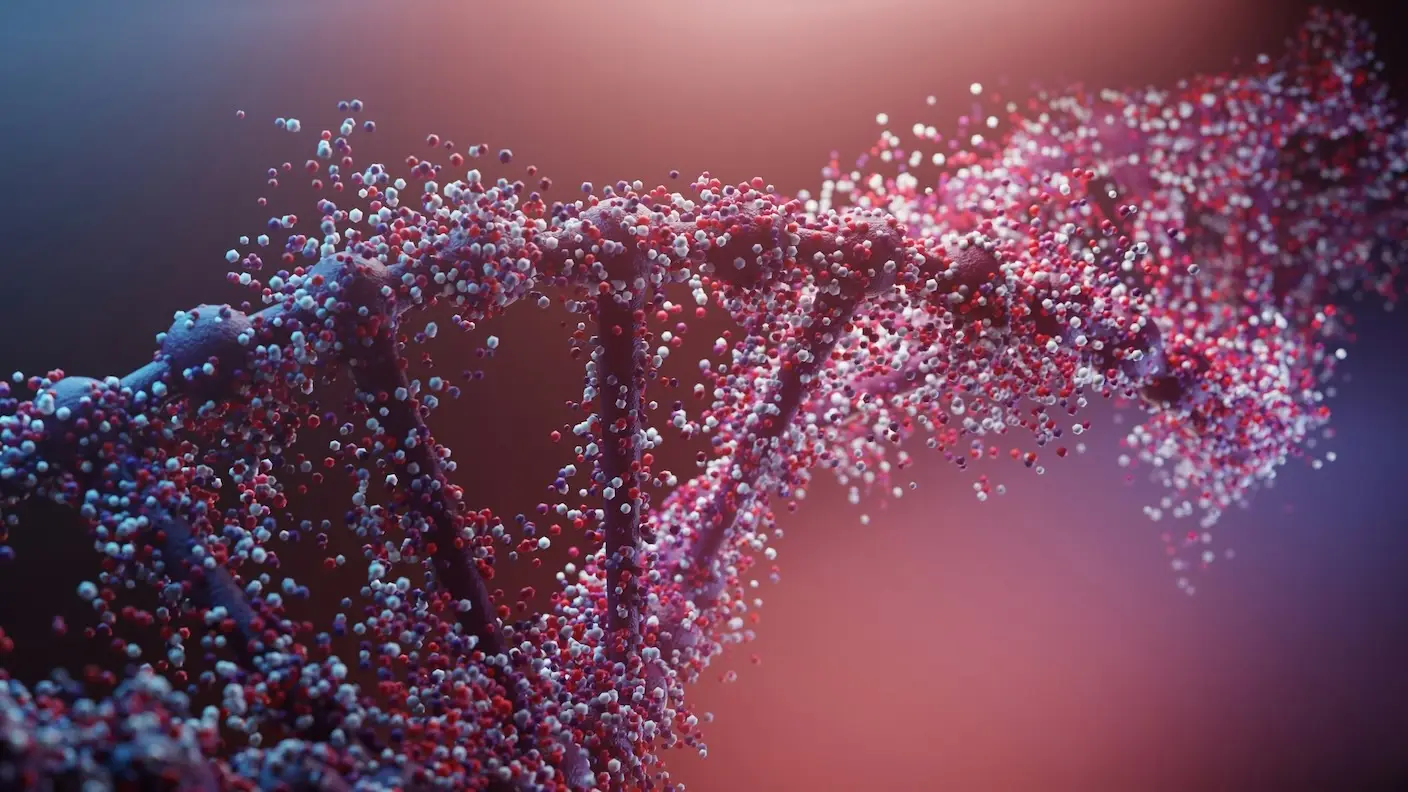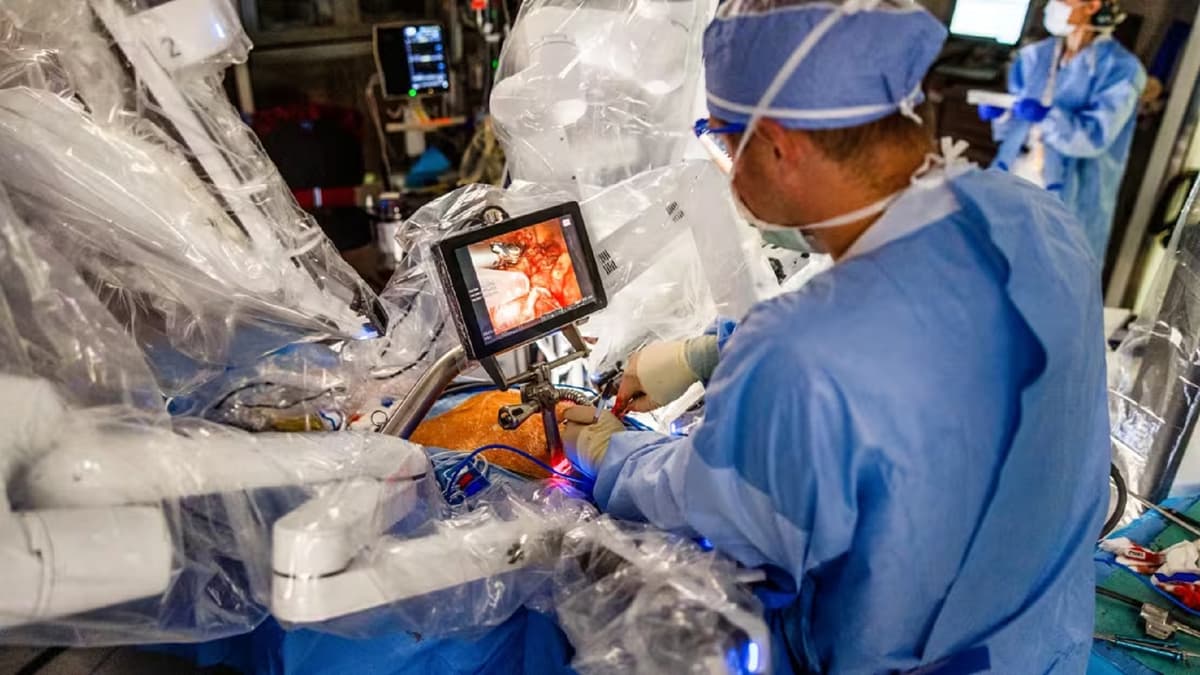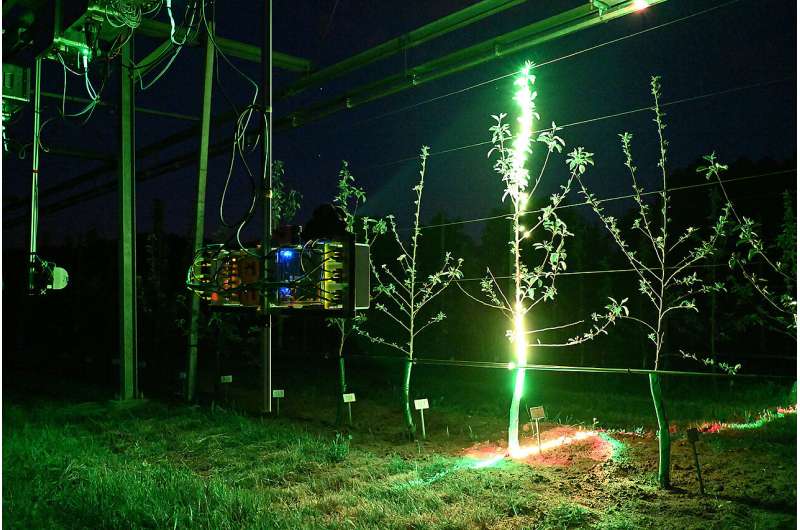By Futurist Thomas Frey
Beyond the Bank
For over a century, traditional banking has defined our relationship with money. It enables savings, lending, credit, and global payments—but it also comes with deep structural limitations. Banks operate within the rigid boundaries of jurisdictional regulation, depend heavily on trusted intermediaries, and are burdened by aging infrastructure. In the modern age, opening an account still requires identity verification through government documents, credit assessments based on opaque criteria, and slow, manual settlement systems. Cross-border transactions can take days. Sending money to someone in another country might involve five institutions and three sets of fees. Innovation within this system is, by design, incremental.
Blockchain technology, by contrast, invites us to rethink what money can do. It isn’t just a more efficient payment rail or a decentralized ledger for currency—it’s a sandbox for entirely new kinds of financial behavior. Blockchain offers a programmable substrate for value itself, untethered from the constraints of geography and bureaucracy. As we move beyond simply digitizing existing financial models, we unlock a future in which value flows, transforms, and self-executes without permission. In this emerging space, a new generation of capabilities is waiting to be born—financial superpowers that the current banking world simply cannot imagine, let alone implement.
Continue reading… “Twelve Financial Superpowers We Haven’t Invented Yet – The Untapped Potential of Blockchain”













